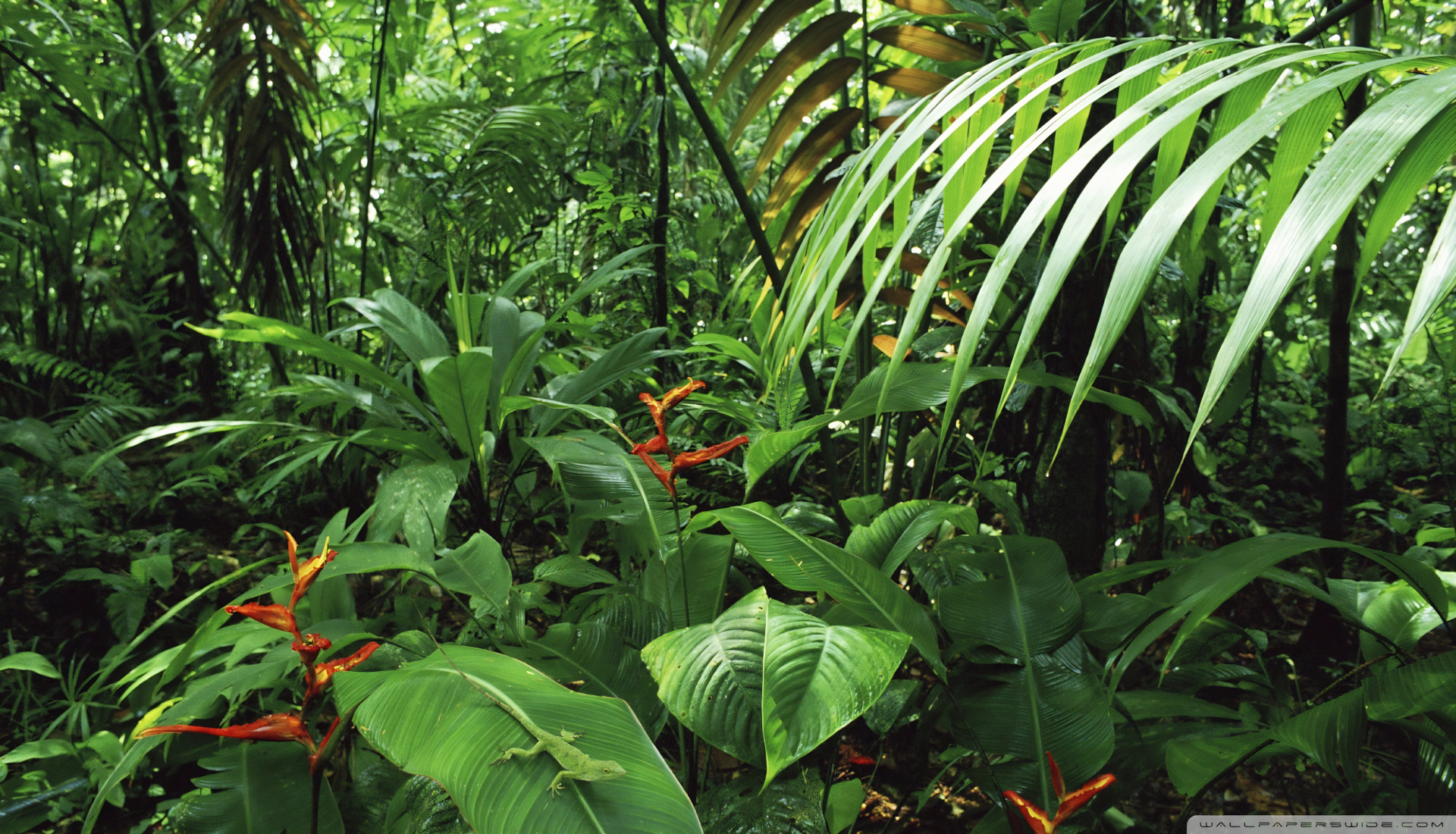Discovering Ecuador’s Diverse Climate and Microclimates
Ecuador, aptly named for its position along the equator, is a country where diverse climates and weather patterns abound. Straddling the equator means that Ecuador experiences relatively consistent daylight hours throughout the year, with roughly 12 hours of daylight and 12 hours of night. This geographic positioning contributes to the country’s unique weather and climate, offering a little something for everyone, from the Andean highlands to the coastal plains.In Loja, located in the southern highlands, the weather is characterized by a mild, temperate climate with temperatures typically ranging from 50°F to 75°F (10°C to 24°C) year-round. The city enjoys a consistent climate, with two main seasons: a dry season from May to November and a wet season from December to April. Rainfall is moderate, making it an ideal location for those who prefer a balanced climate without extreme weather conditions.Cuenca, another highland city, experiences similar weather patterns to Loja, though it can be slightly cooler due to its higher elevation. Temperatures in Cuenca generally range from 48°F to 70°F (9°C to 21°C). The city enjoys a dry season from June to September and a rainy season from October to May. Cuenca’s charming climate, with its cool nights and warm days, is a major draw for expats.Quito, the capital city, sits high in the Andes at an altitude of 9,350 feet (2,850 meters). This elevation results in a cooler climate, with temperatures typically ranging from 50°F to 70°F (10°C to 21°C). Quito experiences two main seasons: a dry season from June to September and a rainy season from October to May. Despite being located on the equator, Quito’s high altitude means it never gets excessively hot, making it quite pleasant year-round. The city’s microclimates can vary significantly due to its mountainous terrain, with some neighborhoods experiencing more rainfall and cooler temperatures than others.On the coast, cities like Manta and Salinas enjoy a tropical climate with warm temperatures throughout the year. Manta, a major port city, experiences temperatures ranging from 70°F to 88°F (21°C to 31°C). The coastal climate is characterized by a dry season from June to December and a wet season from January to May. Humidity levels can be high, especially during the rainy season, but the refreshing ocean breeze often provides relief.Salinas, a popular beach destination, offers a similar climate with temperatures ranging from 68°F to 86°F (20°C to 30°C). The city’s dry season runs from June to December, while the rainy season spans from January to May. The coastal areas of Ecuador, including Manta and Salinas, benefit from the Humboldt Current, which brings cooler, nutrient-rich waters from the south, moderating the coastal temperatures and contributing to the pleasant weather.Ecuador’s position on the equator also means it experiences high UV index levels year-round. The UV index measures the strength of sunburn-producing ultraviolet radiation, and Ecuador’s consistent daylight and proximity to the equator result in higher UV exposure. This high UV index necessitates precautions, such as wearing sunscreen, hats, and sunglasses, to protect against harmful sun exposure, especially in the high-altitude regions where the atmosphere is thinner and offers less protection.Ecuador’s microclimates are fascinating, with areas such as the Amazon rainforest receiving heavy rainfall and high humidity year-round, while the Galápagos Islands experience a unique climate influenced by ocean currents. The diversity in weather patterns across Ecuador means that one can experience a variety of climates within a relatively short distance, making it a unique destination for those who appreciate diverse weather conditions.Overall, Ecuador’s climate offers something for everyone, whether you prefer the cooler highlands, the temperate valleys, or the warm, tropical coast. The country’s varied weather patterns, influenced by its geography and elevation, provide a rich tapestry of microclimates that enhance the appeal of living or visiting this remarkable country. The equatorial position, while offering consistent weather and daylight, also demands awareness of the high UV index to ensure a healthy and enjoyable stay in this beautiful part of the world.




